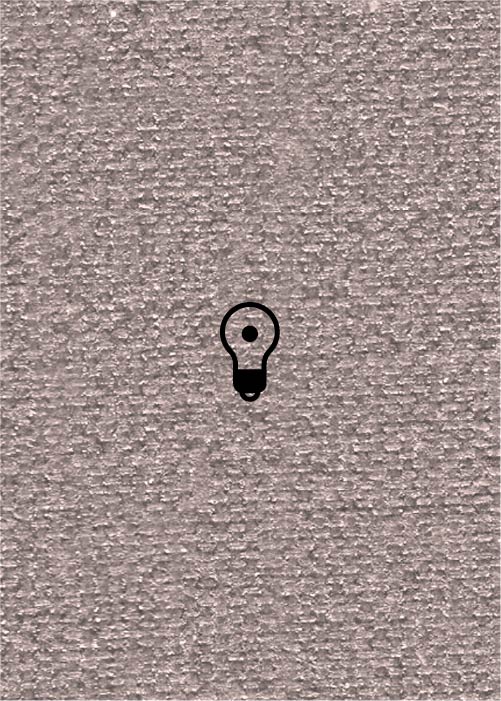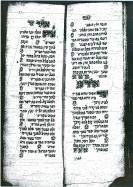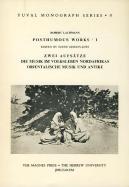(40 results found)
Elohim Eshala
… keeps four very basic elements of the “original”: 1) the sharp contrast between the first section (nashid style with …

Heikhal Hanegina (the Hall of Music)
… Hashana Leyehudey America, ed. Menachem Ribalow and Zvi Sharpstein (New York: Histadruth Ivrith of America, 1931). …
Zwei Aufsaetze
… University. The articles present many bold conceptions and sharply defined observations despite the fact that there were …

The Biblical Nebel
… nebel is described as a special type of lire rather than a harp. … 57 … 57 … 2 … Yuval Studies of The Jewish Music … (1st) temple … Second (2nd) temple … Biblical … Lire … Harp … Israeli … Israel Adler … Bathja [Batya] Bayer … …

Abramino dall’Arpa
… … 36392 … London … Macmillan … … 2001 … Music … Musicians … Harp … Musician … Italy … Don Harrán … Abramino dall’Arpa …

Abramo dall’Arpa
… Musicians … 36388 … London … Macmillan … … 2001 … Music … Harp … Musician … Italy … Don Harrán … Abramo dall’Arpa …

Yes, We Sang!: Songs of the Ghettos and Concentration Camps
… a guide to Yiddish pronunciation. … 10 … 36083 … New York … Harper & Row … … Songs … Song … 1985 … Song … Songs … …

Stary uchitel
… Literature, 1800-2000 … 35925 … Armonk, NY … M. E. Sharpe … … 2005 … Russia … Vassily Grossman … Story … James …

Song of the Sephardi
… is Israeli singing star Rivka Raz, three-time winner of the Harp of David Award. Excerpt of the film that features …

Jewish Identities and Ideologies in Music
… Mantua This paper focuses on Jewish musicians, mainly harpists, who, as members of the Levi family, were active …




